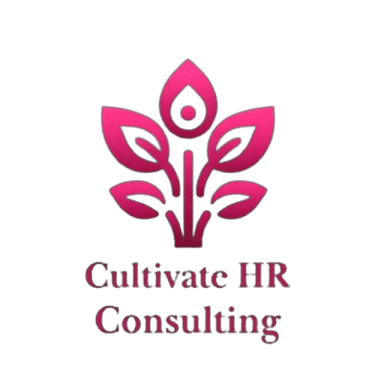Is Your PPE Putting Workers at Risk? OSHA’s New Rule Demands a Better Fit – Here’s What You Need to Know!
Effective January 13, 2025, OSHA is updating its Personal Protective Equipment (PPE) standards for the construction industry to mandate properly fitting equipment for all employees. This change addresses the critical issue of ill-fitting PPE, which can compromise safety and create additional hazards. Employers are now required to assess their current PPE inventory, source equipment in a wider range of sizes, update safety policies, and engage employees in the selection process to ensure compliance and enhance workplace safety.
EMPLOYMENT LAW
12/17/20242 min read


Effective January 13, 2025, OSHA is introducing a significant update to its Personal Protective Equipment (PPE) standard for the construction industry. This new rule emphasizes a critical aspect often overlooked in workplace safety: ensuring that PPE fits properly for all employees. Let’s break it down into the previous rule, the new changes, and actionable steps organizations need to take to comply.
What Was the Previous Rule?
Under the previous OSHA standard for construction PPE, employers were required to provide and ensure the use of appropriate PPE to protect employees from job-related hazards. While this rule specified the need for PPE to be "appropriate," it did not explicitly address whether the equipment must properly fit the individual worker. This left room for interpretation and created challenges, particularly for employees whose body types or sizes fell outside the design assumptions of standard PPE.
What’s Changing?
The new rule explicitly requires that all PPE provided to construction employees fits properly. This means that employers must ensure the PPE not only meets safety standards but also accommodates the specific physical dimensions and needs of each worker. Ill-fitting PPE can reduce its effectiveness and even create additional hazards. With this change, OSHA is raising the bar to ensure that safety equipment protects employees as intended, regardless of their body type, size, or gender.
This update aligns OSHA’s construction PPE standard with similar requirements in other industries, signaling a commitment to a more inclusive approach to workplace safety.
What Do Organizations Need to Do?
Assess Your Current PPE Inventory:
Conduct a thorough review of the PPE currently in use to determine whether it adequately fits all employees.
Consider gathering employee feedback to identify issues with ill-fitting equipment, such as gloves that are too loose, helmets that slip, or harnesses that fail to adjust properly.
Source PPE in a Wider Range of Sizes and Configurations:
Partner with vendors offering PPE designed for diverse body types and ensure products meet OSHA’s safety standards.
Look for equipment with adjustable features or specialized designs to accommodate a variety of users.
Update Policies and Training:
Revise your safety policies to include provisions for proper PPE fit and outline steps to evaluate fit during routine safety checks.
Train supervisors and employees on how to assess the fit of PPE and report concerns.
Document Compliance Efforts:
Maintain detailed records of your PPE evaluations, purchases, and training to demonstrate compliance in case of an OSHA inspection.
Establish a process for continuous improvement, including periodic reviews of PPE fit and effectiveness.
Engage Employees in the Process:
Include employees in fit testing and PPE selection processes to ensure their needs are considered.
Create a culture where workers feel comfortable raising concerns about ill-fitting equipment without fear of retaliation.
Why This Matters
This update is more than a technical adjustment—it’s a critical step toward enhancing workplace safety and reducing preventable injuries. Properly fitting PPE ensures that employees are better protected, more comfortable, and more focused on their work. For employers, compliance not only avoids penalties but also demonstrates a commitment to the well-being of the workforce.
Final Thoughts
As we approach the January 13, 2025, effective date, it’s crucial for organizations in the construction industry to prioritize this transition. Proactively addressing these changes now will help ensure you’re fully compliant when the rule takes effect, while also fostering a safer and more inclusive workplace. If you have questions or need guidance on implementing these updates, don’t hesitate to reach out. I’m here to help you navigate these changes effectively!
